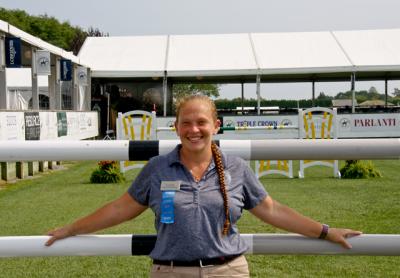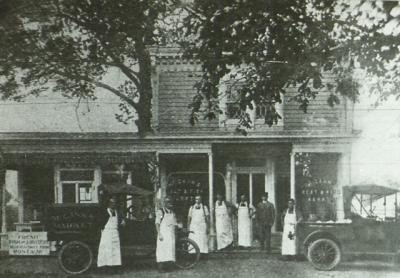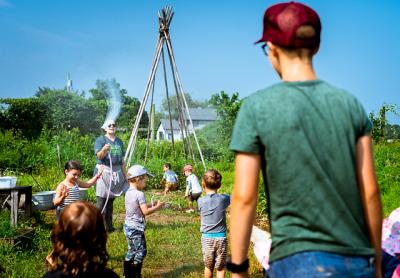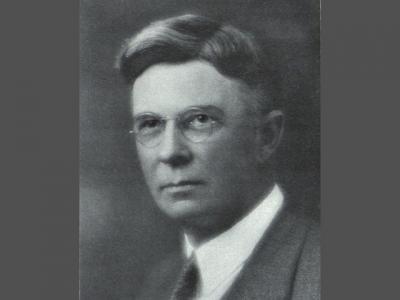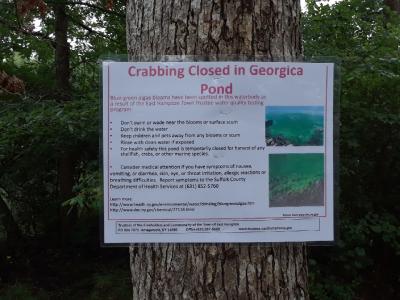At the 1944 Powwow
At the 1944 Powwow

Starting tomorrow, the Shinnecock Indian Nation will host this year’s powwow on the Shinnecock Reservation in Southampton. The powwow has been held every year in the same location since 1946, with Shinnecock powwows dating to at least 1912. Today, it features dance competitions and draws crowds of more than 30,000 people every year.
The photograph above shows members of the Beaman, Butler, and Pharaoh families at a joint powwow of the Shinnecock and Montaukett people in East Hampton in 1944. The gathering of 30 took place near Three Mile Harbor, which was unusual.
As part of the event, a ceremonial signing of a peace treaty took place between the Montauketts and the Narragansetts, related to a dispute from 1658. Narragansett Chief Night Hawk (Philip H. Peckham) and Montaukett Chief Backskin (Charles Butler) led their delegations in signing the treaty, followed by a symbolic tomahawk burying and traditional dances. The East Hampton Star described a Cherokee, known as Chief Rising Sun, acting as master of ceremonies.
Among the 1944 powwow’s organizers was a controversial figure known as Carlos Westez, or Red Thunder Cloud. He lived in East Hampton and documented local indigenous people, passing himself off as a member of the Catawba tribe, which has since been disputed. He later donated his photographs to the East Hampton Library’s Long Island Collection, with biased descriptions that many would consider offensive today.
One of the occasionally awkward aspects of being the steward of an archival collection is handling the way language, perspectives, and academic practices have changed in the years since certain materials were written or analyzed. The Red Thunder Cloud collection of photographs frequently leads to many such uncomfortable attempts to provide context or explanation for photo captions.
Despite the challenges of addressing Red Thunder Cloud’s choices, without his efforts we would not have access to a collection of photographs like this one, or the identifications of specific individuals.
Andrea Meyer is a librarian and archivist in the Long Island Collection at the East Hampton Library.

